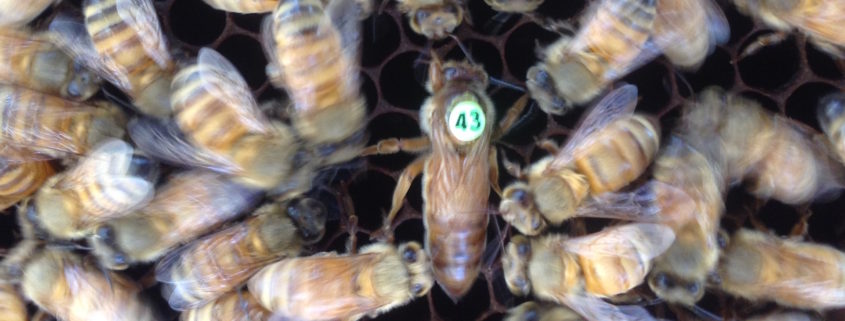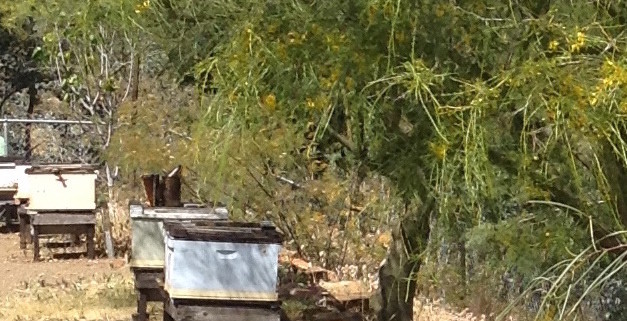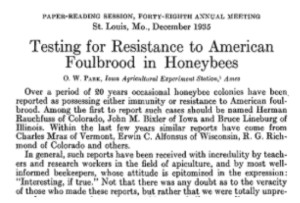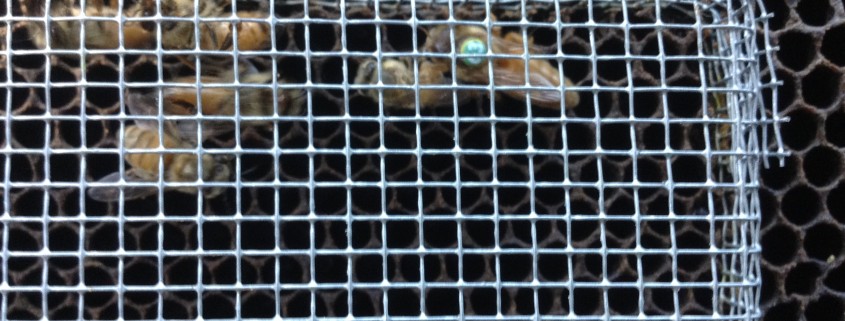The “Citation” Of Wildflower Meadows
We recently had a conversation with a friend, and were explaining how we have been blessed with a three-year-old breeder queen who seems to be perfect in all respects. She is one of the best examples of a successful queen we have ever seen. Not only is she a champion breeder in her own right, but many of the next generations of our breeder queens also trace their lineage back to her in one way or another. Our friend was quick to respond, “Why, she is the Citation of Wildflower Meadows.”
Unless you are a fan of horse racing, you may not be familiar with Citation. While not as famous as Seabiscuit or Secretariat, Citation is routinely ranked by experts as one of the greatest racehorses of all time. Citation won the Triple Crown in 1948 and went on to have a spectacular career, almost never losing. He was one of those rare race horses that had no apparent weakness of any kind. Sprints, distance races, fast tracks, muddy tracks, large fields, small fields; none of it mattered. The horse simply won every time he left the gate, no matter what.
Our Number 43, pictured above, has similar qualities. She lays perfect frames of brood, one after another. In three years, her colony has never shown any weakness. The bees in her hive build up each year to excellent populations; making honey, surviving droughts, successfully overwintering, succumbing to no diseases, nor harboring any mites (treatment free). Like Citation, they are pretty to look at, and very friendly to all. And, they always seem to outperform every other colony, no matter what the conditions.
True to her legend, Number 43 has lived a long and productive life, both as a performer and as a breeder of other breeder queens. Normally, due to the technical challenges of artificial insemination, instrumentally inseminated breeder queens do not last as long as naturally mated queens. Of course, that is not the case with Number 43. As we head into 2017, her green dot (now mostly faded) marks her as a 2014 breeder queen heading into her fourth year.
Number 43 is retired now, and she and her colony are living a pleasant life among the greener pastures of other retired breeders.






